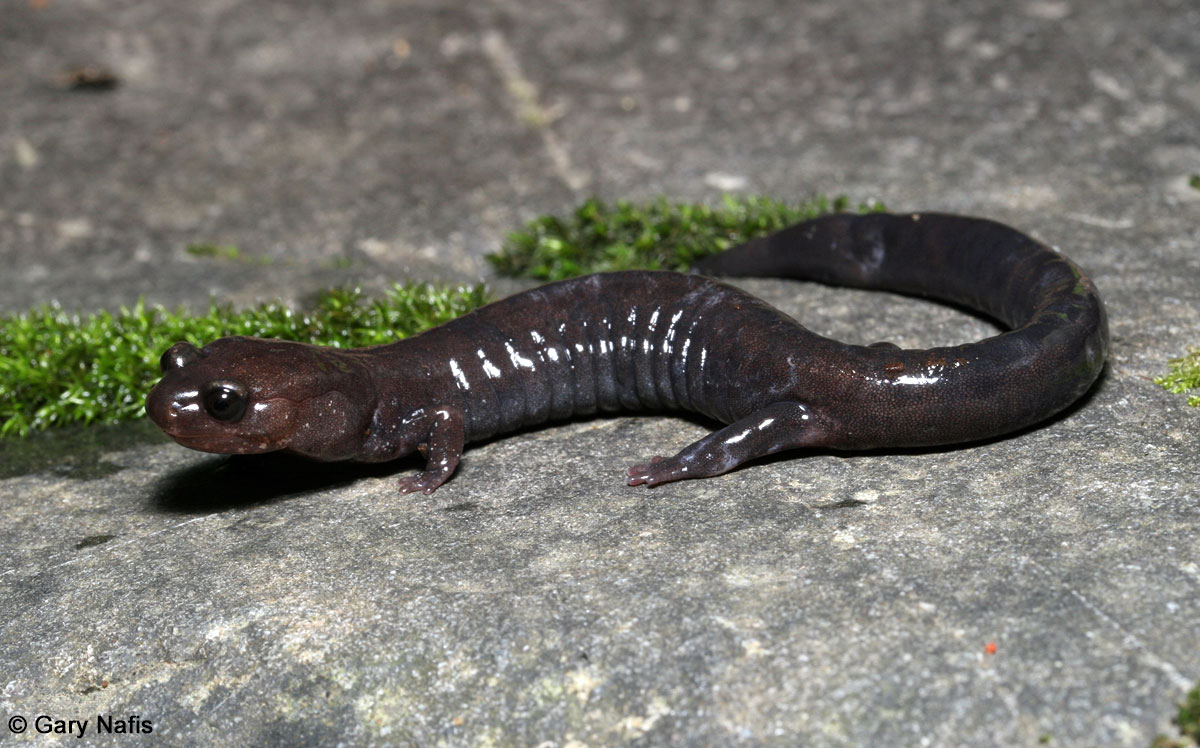[attachment=3]Image A.png[/attachment][attachment=2]Image B.png[/attachment][attachment=1]Image C.png[/attachment][attachment=0]Image D.png[/attachment]
2. Identify the genus of Image B
3. Identify the genus of Image C
4. Identify the genus of Image D
5. Which order and family do these organisms belong to?
6. Which of these two organisms are most closely related?
7. Which of these organisms is most distantly related to the other three?
8. Are these organisms primarily herbivores or carnivores?
9. In general, what types of plants/animals do these organisms eat?
10. What specific type of habitat does the organism in Image B prefer?
11. What is caudal autotomy? What is its purpose?
12. Which of these specimens exhibit caudal autotomy? (name all that apply)








